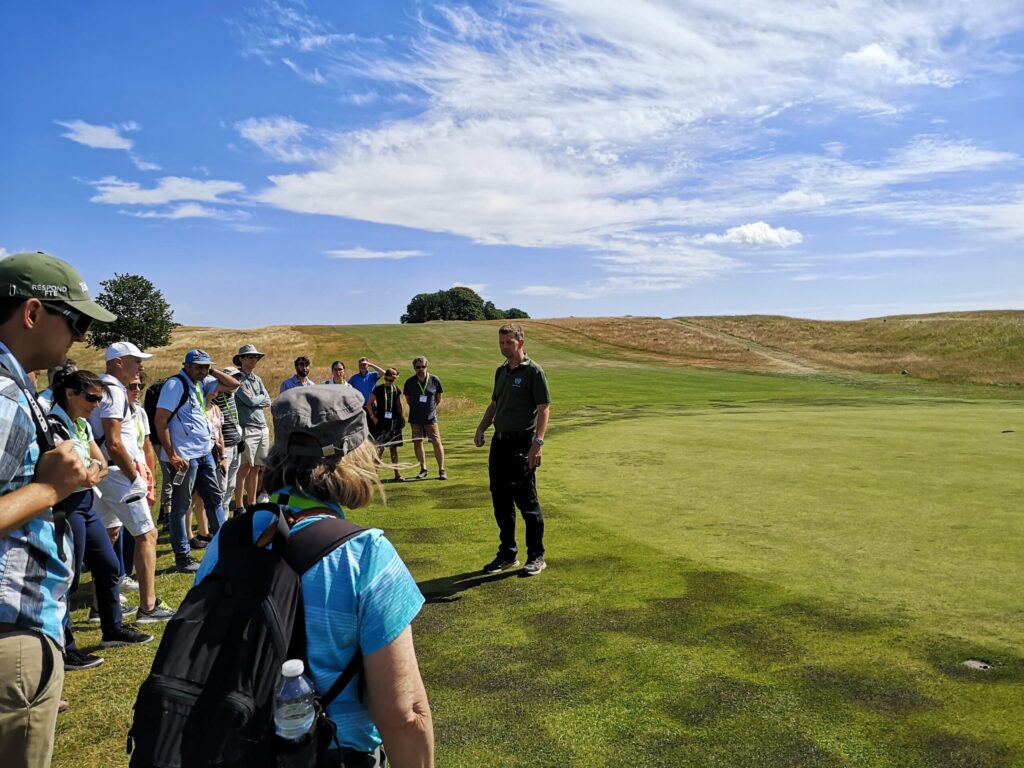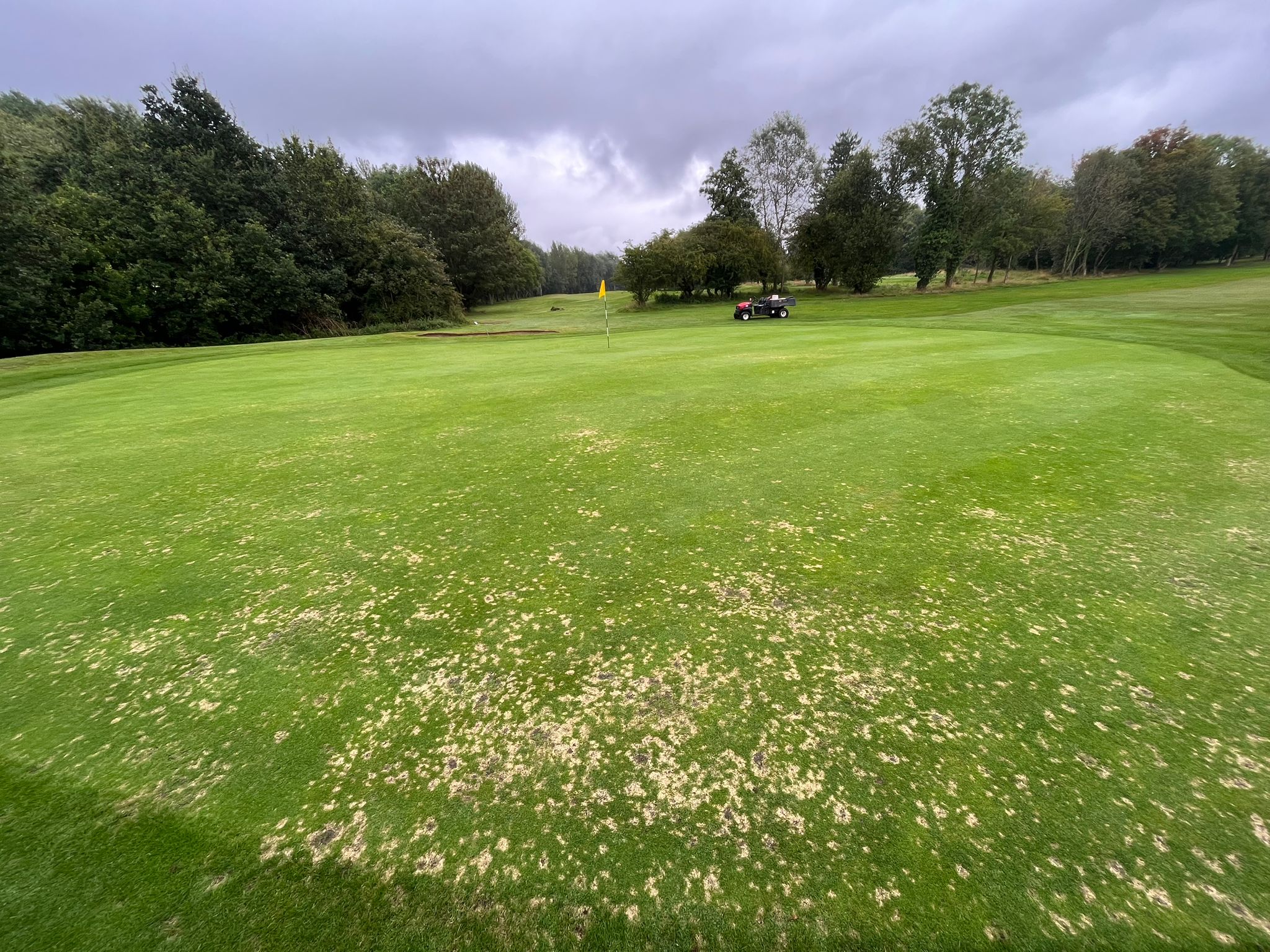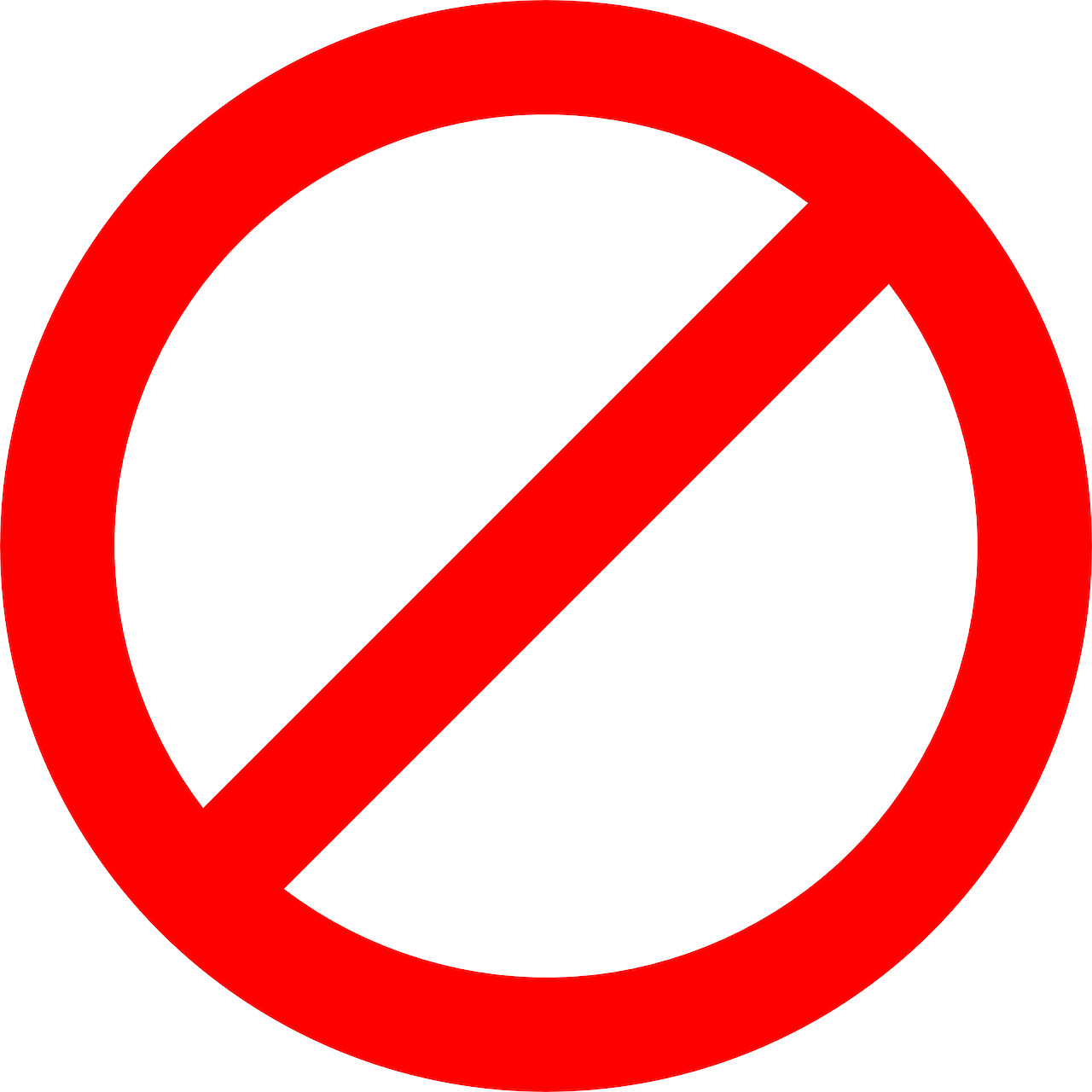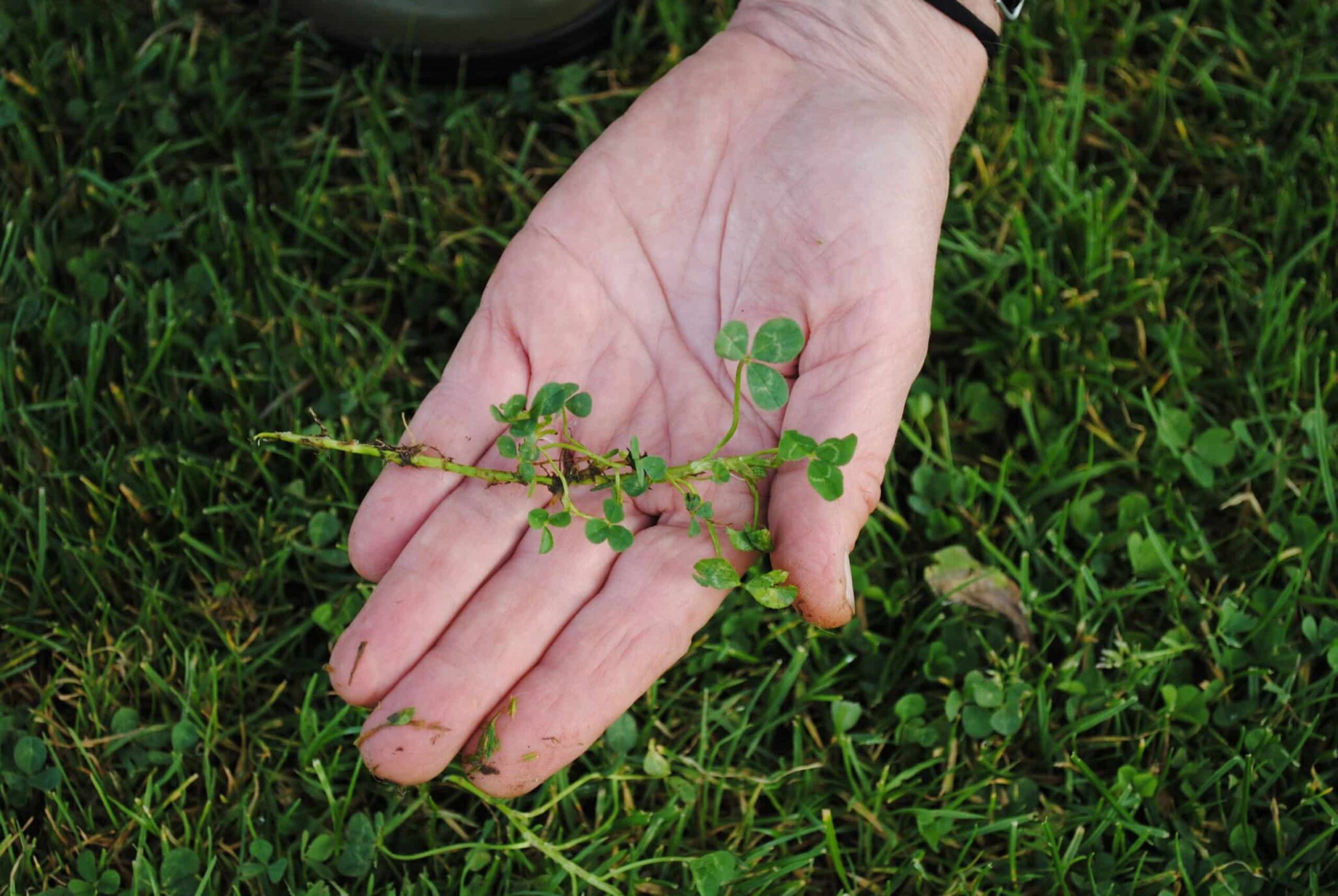All too soon Europe’s many turf sports areas may face serious challenges in keeping up standards. While maintenance costs will continue to rise, expectations (and acceptance) of lower quality will have to be conveyed to users and players. The reason is that the European Parliament pushes for a more ambitious pesticides reduction target. The content of the proposal is the complete ban of pesticides in sensitive areas, which should include several types of public areas including professional sports turf areas.
The turf sector does not have enough effective non-chemical solutions at hand to meet the challenges posed by such a ban. This is a big and outspoken concern among turf managers because they are judged on the quality they deliver through their management.
Should a complete EU pesticide ban come into effect, turf managers would have to avoid fungal diseases and weed invasion on turf areas by systematic future-proofing maintenance or combat them without any pesticide use. That means much more ahead-planning to avoid problems, before they develop into disasters, which are impractical to solve.
Breeding companies have a great task in the coming battle to provide grasses with a high degree of disease resistance to several fungal diseases, such as snow mold and some of the new diseases coming in with hot and humid summers, for example brown patch, as well as grasses that can outcompete weed to avoid the use of pesticides. It is not going to be a quick fix. Turf managers need to be prepared for years of a constant reseeding program with robust grasses to reduce the disease pressure and the amount of weed.
The ability to reduce weed invasion is also important and is achievable by choosing grasses with a fast germination and strong juvenile growth during the establishment or repair phase. Winter can be tough on turf areas used for sports all year round and in early spring bare spots will invite weeds to establish. Winter hardy turf varieties and the ability to germinate at low temperatures is another important feature to keep weeds away.
A check on the official recommended lists shows that 4turf tetraploid perennial ryegrasses are unique when it comes to disease resistance and winter hardiness. Furthermore, 4turf are gaining ground in top professional sports facilities due to their fast and strong establishment.
Choosing the right grass species/varieties is part of the solution if a ban on pesticide use is implemented in Europe. But it must be combined with a targeted strategic maintenance program to avoid diseases and the introduction of weeds.









